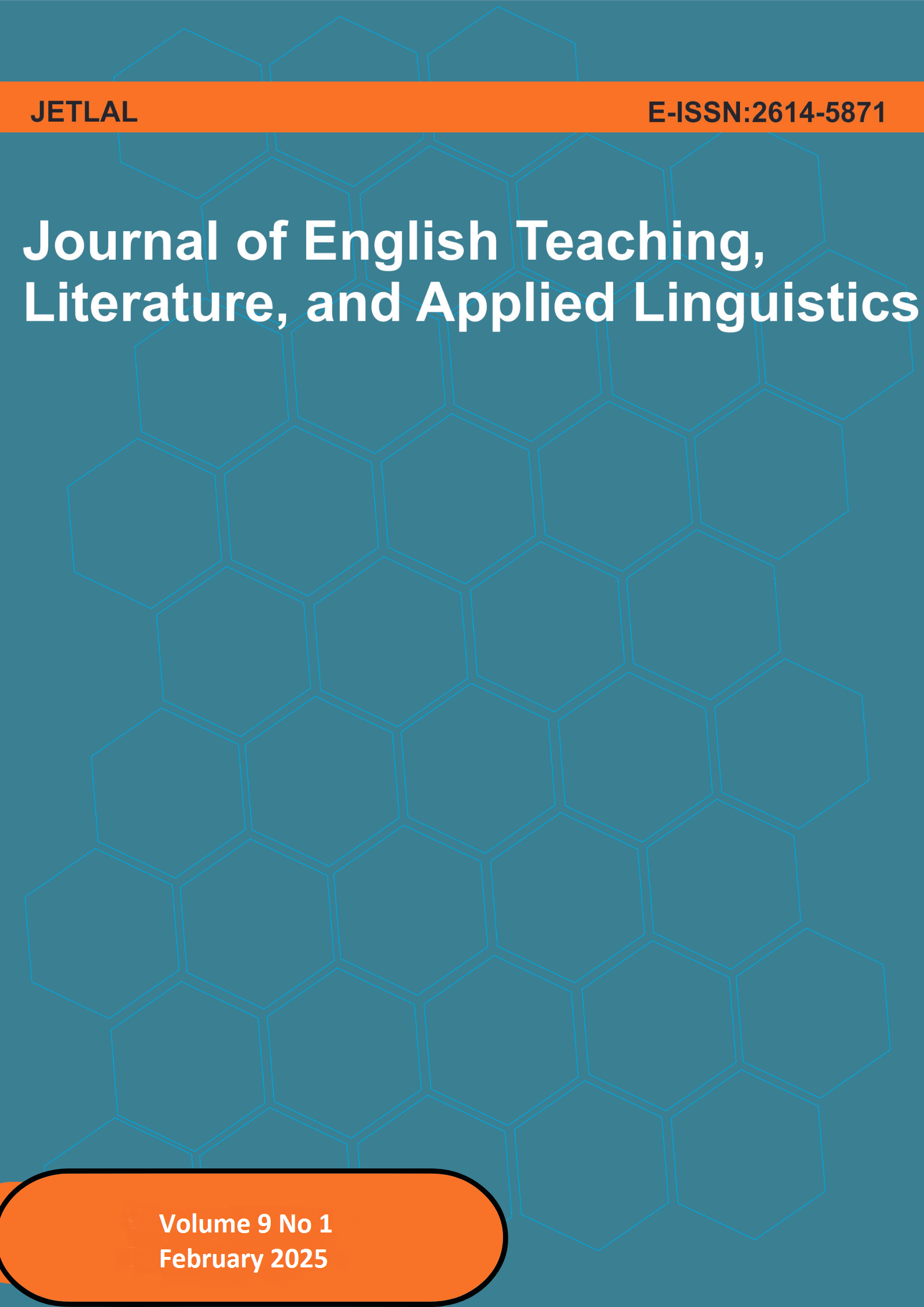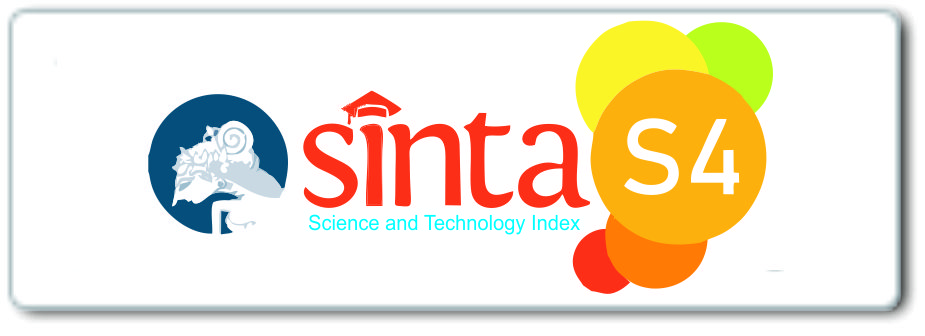The Vitality of Javanese Language in a Multilingual Society in Solo, Central Java
DOI:
https://doi.org/10.30587/jetlal.v9i1.9041Keywords:
Language vitality; Mother tongues; Multilingualism; Sociolinguistics; Linguistic diversity; Language preservation strategies.Abstract
This study investigates the introduction of javanese vitality in Solo, Central Java, a region celebrated for its linguistic diversity and cultural richness. A significant gap in literature exists in understanding the interplay of sociolinguistic factors such as age, gender, and education on language usage. In this regard, the study intends to assess the current situation with the languages of Solo and the factors that come into play in their preservation and passing on. In this case, the mixed tool included the method of interviewing 40 informants from various populations in order to collect data. Details indicate that domestic languages are mainly used in homes and informal contexts while the Indonesian language was used mostly in formal and public settings. Such developments which are said to be caused by the change of generations, education, and urbanization, highlight the tendency towards the heavy compartmentalization of language usage among generations. Major conclusions report the weakening of the generational shift paradigm and the global tourist trend as one of the stimulating factors for the shift of the language. The focus of the conclusion is on the role of local communities and authorities in implementation of such measures to maintain language diversity and sustain the cultural identity tied to mother tongues. By addressing these challenges, the study contributes to the broader discourse on language preservation in multilingual societies.





.png)




